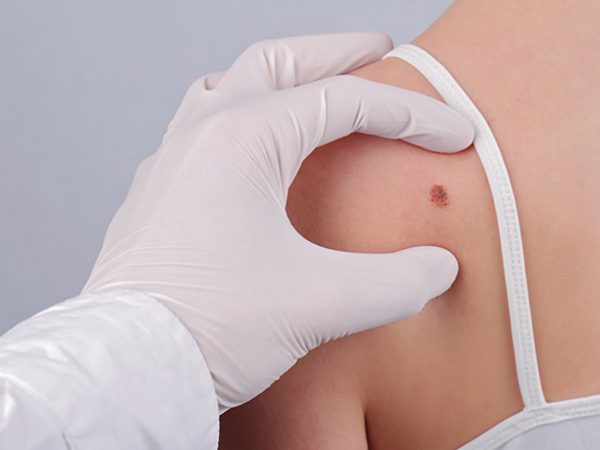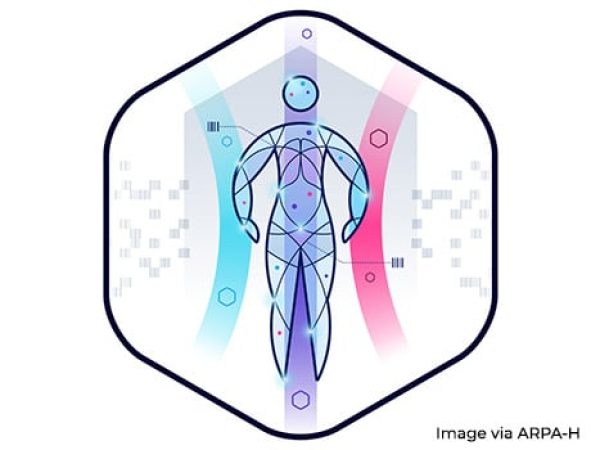Hyperglycemia and Aggressive Prostate Cancer Risk
Rates of diabetes in the United States are increasing. According to statistics from the Centers for Disease Control and Prevention (CDC), an estimated 23 million Americans received a diagnosis of diabetes in 2015, in contrast to 1.6 million Americans in 1958. Our risk for diabetes increases as we age; over 25 percent of those ages 65 or older had diabetes in 2015, according to the CDC.
Diabetes is a risk factor for several types of cancer, including liver, pancreatic, and endometrial cancers. While this association is complex, some possible biological links include insulin resistance and hyperglycemia.
Previous work to understand the relationship between hyperglycemia and prostate cancer risk and mortality have yielded mixed results. A recent study published in Cancer Prevention Research evaluated whether hyperglycemia, as measured through multiple biomarkers, is associated with prostate cancer incidence and mortality.
What is hyperglycemia?
Hyperglycemia is defined by high levels of glucose in the blood. “Your glycemia values can fluctuate depending on how recently you have eaten,” explained Corinne Joshu, PhD, associate professor at Johns Hopkins Bloomberg School of Public Health and author of the study. “For example, glucose levels can be lower after fasting or higher after a recent meal. If glucose levels remain above the normal range for an extended period of time, this can lead to diabetes. Those with pre-diabetes and diabetes are, by definition, hyperglycemic.”
There are several ways to evaluate glycemia levels in the blood. A common method utilized in the United States is by measuring fasting blood glucose levels. As the name implies, this test evaluates how much glucose remains in circulation following at least eight hours of fasting, and identifies short-term glycemic exposure.
Another method to evaluate glucose levels is by measuring glycated hemoglobin (often referred to as HbA1c). This method can estimate the three-month average concentration of plasma glucose (as the lifespan of a red blood cell is about four months), and can be measured without fasting. Other methods to measure glycemia include glycated serum albumin and fructosamine, which reflect an intermediate glycemic exposure.
“These biomarkers are all different, and they all have their strengths – they each capture different aspects of glycemia,” explained Joshu.
Few studies concurrently measure multiple biomarkers of glycemia. Joshu and colleagues analyzed data from participants enrolled in the Atherosclerosis Risk in Communities (ARIC) study, which followed individuals to characterize and assess variables associated with atherosclerosis and its clinical outcomes. The study comprised a diverse cohort of nearly 16,000 individuals; over 25 percent of participants were African-American. The study also evaluated risk factors for diabetes, which included multiple biomarkers of glycemia, such as fasting glucose, glycated hemoglobin, glycated albumin, and fructosamine.
“Because we had the opportunity to evaluate several biomarkers of glycemia, it was a perfect chance to look more closely at the association between hyperglycemia and prostate cancer,” said Joshu.
Hyperglycemia and prostate cancer
Joshu, Michael Marrone, PhD, MPH, and colleagues studied the correlation between hyperglycemia as evaluated via multiple biomarkers with prostate cancer incidence and death from 5,162 men without a cancer diagnosis between 1990-1992 enrolled in the ARIC study. Of these men, 4,753 men had not received a diagnosis of diabetes. The men were followed through 2012.
The researchers evaluated multiple outcomes, including prostate cancer incidence (primary prostate cancer was the first diagnosis of cancer; 671 participants), fatal prostate cancer (prostate cancer was the underlying cause of death; 64 participants), and lethal prostate cancer (aggressive prostate cancer which had metastasized upon diagnosis, or which was the underlying cause of death; 69 participants). The researchers controlled for multiple factors, including waist circumference and body mass index (BMI).
Joshu and colleagues evaluated men diagnosed with diabetes as an independent cohort. “We wanted to analyze men diagnosed with diabetes separately, as these men presumably are being counseled about their hyperglycemia, through medication, diet, and/or exercise,” explained Joshu. Men in this cohort had reduced risk of prostate cancer incidence, but the association was not significant. Additionally, their glycemia value did not have significant association with fatal or lethal prostate cancer.
Men who had not received a diagnosis of diabetes were classified as normo- or hyperglycemic based on their blood levels of fasting glucose, glycated hemoglobin, and glycated albumin; 61.5 percent of these men were classified as having hyperglycemia, based on elevated levels of at least one biomarker.
Compared to men who were classified as normoglycemic, those who were classified as hyperglycemic had 2.5 times the risk of lethal prostate cancer, and 3.2 times the risk of fatal prostate cancer. There was no association observed for prostate cancer incidence.
“We saw that hyperglycemia was not associated with total prostate cancer incidence, but it was positively associated with a lethal cancer phenotype,” noted Joshu. “We found a fairly pronounced pattern of association.
“As prostate cancer is the second leading cause of cancer death in men, identifying risk factors for aggressive disease is of extreme clinical importance,” continued Joshu. “Our results indicate that men with hyperglycemia are more likely to develop lethal prostate cancer and/or die from the disease.”
Hyperglycemia is preventable
“Maintaining a glycemia value in the normal range is important for diabetes prevention,” said Joshu. “Our work highlights it may also be important for another outcome, as we’ve shown that hyperglycemia is associated with a higher risk of aggressive prostate cancer.”
The American Diabetes Association recommends maintaining a healthy weight and being physically active to help prevent or delay Type 2 diabetes, noted Joshu. Another approach to hyperglycemia prevention is a healthy diet. The U.S. Department of Agriculture (USDA) recommends a diet that limits saturated and trans fats, added sugars, and sodium. Regular exercise can help to prevent obesity, which can also lead to hyperglycemia.
“We talk quite frequently about the importance of maintaining a healthy body weight, engaging in physical activity, and consuming a healthy diet – the public has heard that message many, many times,” said Joshu. “Perhaps our results will help some individuals to connect with that message, and may encourage them to try and maintain normal blood sugar levels.”
As February is National Cancer Prevention month, this study serves as a good reminder to maintain a healthy diet and active lifestyle.





I had no idea that the second leading cause of cancer death in men is prostate cancer. I thought it was cancer that only a few people get. This means I need to get myself screened and have my brothers do the same for the sake of their wives.